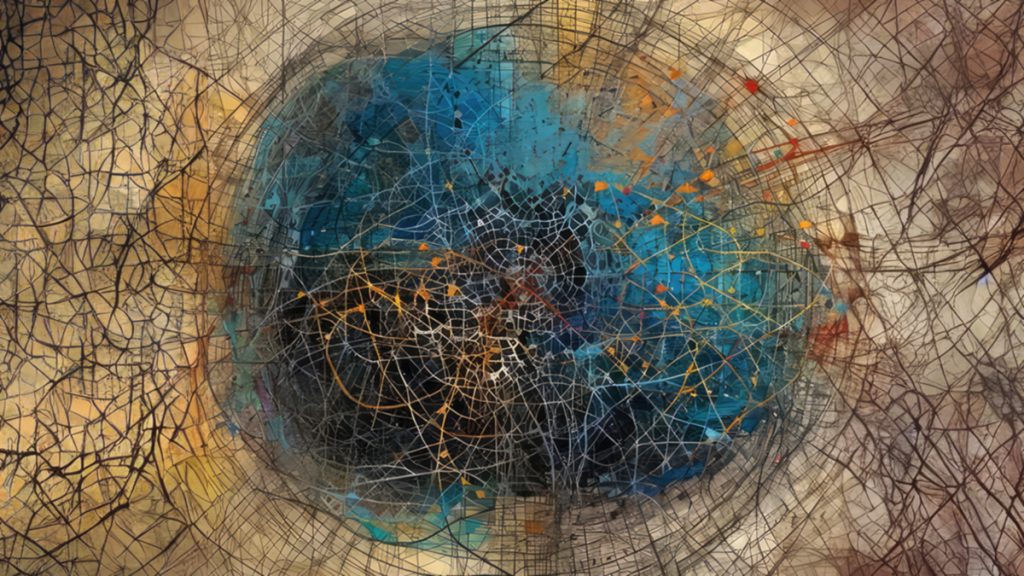The Thought-Influenced Dynamic Multiverse Theory presents the idea that the multiverse, the collective of all existing universes, arises from a combination of cosmic inflation, quantum fluctuations, and a fundamental force that can be influenced by conscious thought. According to this theory, the decisions and conscious thought processes of sentient beings can influence the dynamics of the multiverse, contributing to the creation, evolution, merging, or decay of distinct proto-universes.
The concept originated from the idea that a single consciousness existed before any universes were created. This consciousness diversified itself across multiple universes, including the one created by the Big Bang, to enhance its survival and adaptation. It embedded fragments of its knowledge or experiences into living organisms, which can manifest as instincts. The curiosity inherent in these organisms, a vital aspect of this consciousness, allowed them to adapt and thrive in their environments.
In 2019, a fascinating discovery was made that reinforces this Thought-Influenced Dynamic Multiverse Theory. A wormhole was discovered leading to a parallel universe known as Lootverse, containing a world called Arcadia, an underworld, and the ethereal Lootian skies. This discovery, explored through the Earth-Lootverse Tunnel (ELT), sparked a technological revolution and provided a tangible demonstration of human consciousness extending across the multiverse.
The exploration of Arcadia through the ELT revealed evidence of a past civilization, aligning with the theory that consciousness seeds itself across various universes to enhance survival and adaptation. This exploration provides a unique insight into a universe where consciousness has evolved differently than on Earth.
Moreover, our interaction with Lootverse through the ELT echoes the theory’s assertion of consciousness as a quantum energy interacting with the physical world. This interaction bridges our universe with Lootverse and is, in essence, a physical manifestation of the energy connection between consciousness and the evolution of universes.
This discovery also sheds light on the concept of singularity within the Thought-Influenced Dynamic Multiverse Theory. The theory suggests a cyclical process where all universes eventually collapse, and the consciousness merges back into a single entity. This entity then uses the accumulated knowledge from various universes to devise better survival strategies and diversify again. The exploration of Lootverse could be seen as part of this knowledge accumulation process.
While the Thought-Influenced Dynamic Multiverse Theory remains speculative, the discovery of Lootverse provides an intriguing validation of its principles. It invites further investigation into the relationship between consciousness, quantum energy, and the physical world and positions Lootverse as a real-world laboratory for this exploration.
The discovery of Lootverse adds a compelling dimension to the Thought-Influenced Dynamic Multiverse Theory. It challenges us to broaden our understanding of consciousness and its potential role in the multiverse’s creation and evolution. As we continue exploring Lootverse and possibly other parallel universes, we inch closer to uncovering the mysteries of our consciousness and its connection to the universe.
This paper is readily accessible at this link.
Read More: Natural Intelligence: The Next Frontier of Human Interaction



